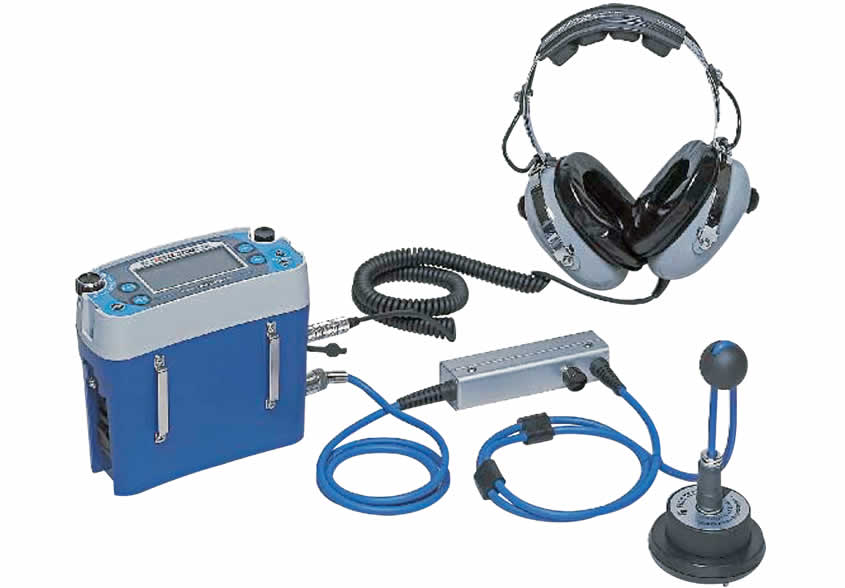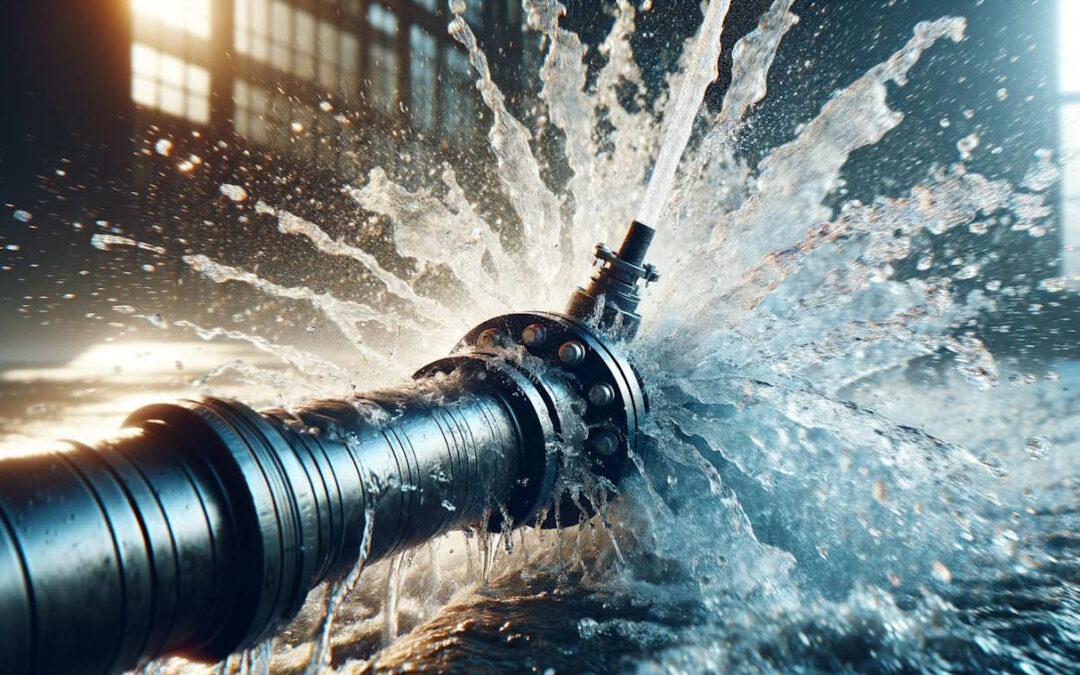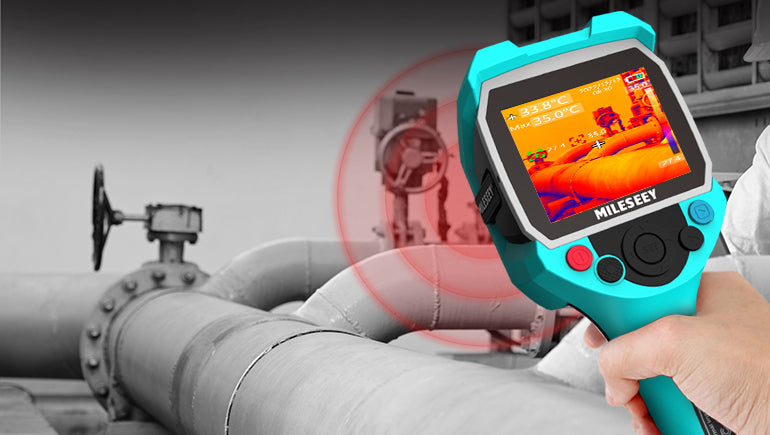Advanced Water Leak Detection Solutions for Your Home and Organization
Advanced Water Leak Detection Solutions for Your Home and Organization
Blog Article
Cutting-edge Solutions for Early Detection of Water Leaks in Buildings and Facilities
From cutting-edge leakage discovery innovations to the deployment of IoT sensors for real-time surveillance, the landscape of leak prevention is developing quickly. Automated water circulation evaluation systems are improving just how leaks are determined and dealt with, paving the means for an aggressive technique to water leakage detection.
Advanced Leak Detection Technologies
Advanced leakage detection modern technologies, geared up with cutting-edge sensing units and formulas, play an essential role in swiftly identifying and identifying water leaks in various setups. These technologies employ a combination of acoustic, thermal, and electromagnetic sensing methods to identify leakages precisely. Acoustic sensing units identify the audio of running away water, permitting accurate localization of the leak resource. Thermal imaging discovers temperature adjustments brought on by water leakage, offering an additional reliable method for leak recognition. Electromagnetic sensing units can identify modifications in electromagnetic areas created by water, using yet an additional layer of leakage detection capability.

IoT Sensors for Real-Time Surveillance
In the realm of modern water leak discovery, the assimilation of IoT sensors for real-time monitoring stands for an essential advancement in improving positive leakage detection capacities. These sensors provide continual monitoring of water systems, supplying real-time information on water circulation rates, pressure variants, and temperature adjustments. By leveraging IoT technology, these sensors can discover also the tiniest anomalies in water usage patterns, enabling very early identification of prospective leakages prior to they intensify into significant issues.
IoT sensing units send information to a centralized platform, where advanced algorithms evaluate the info and create signals or notifications when irregularities are discovered. This real-time surveillance capability allows home proprietors or facility managers to quickly attend to leakages, lessening water damages, minimizing repair service costs, and saving water sources.
Moreover, IoT sensing units can be integrated with structure management systems, enabling for computerized reactions to identified leaks, such as closing off water shutoffs or turning on pumps to reduce the effect of leaks. In general, the implementation of IoT sensors for real-time surveillance dramatically improves the effectiveness and effectiveness of water leakage detection in structures and infrastructure.
Artificial Intelligence Algorithms for Leak Prediction

One secret advantage of utilizing artificial intelligence for leakage prediction is its capability to constantly learn and improve its accuracy gradually. As even more data is gathered and fed into the formula, it can fine-tune its predictions and adapt to changing conditions, ultimately enhancing the dependability of leak discovery systems.
In addition, artificial intelligence algorithms can help in identifying subtle indicators of leakages that may go unnoticed by traditional surveillance techniques. water leak detection. By examining complicated information collections in real-time, these algorithms can offer early warnings and alerts, permitting for punctual intervention and preventative maintenance to minimize possible water damages and connected costs
Making Use Of Thermal Imaging for Leak Discovery
Thermal imaging modern technology supplies a promising approach for discovering water leaks in different systems and facilities. why not find out more By using infrared radiation and temperature level variations, thermal imaging cams can determine concealed leakages that are not quickly visible to the naked eye.
One of the key advantages of thermal imaging for leak discovery is its non-intrusive nature. Unlike typical approaches that might need breaking into walls or floorings to situate leakages, thermal imaging permits non-destructive testing. This not only saves time and lowers prices yet additionally lessens interruption to the structure or infrastructure being evaluated. Additionally, thermal imaging can quickly check huge areas, offering an extensive summary of potential leakage resources in a timely manner. On the whole, using thermal imaging innovation enhances the efficiency and accuracy of water leakage discovery, making it a useful tool for maintaining the honesty of buildings and infrastructures.
Automated Water Circulation Evaluation Systems
Just how can automatic water flow evaluation systems change the detection and management of leakages in various systems and frameworks? Automated water flow evaluation systems use a proactive method to leak detection by constantly keeping an eye on water flow rates and patterns. By establishing standard data, these website link systems can quickly determine deviations that may show a leak, making it possible for prompt intervention to protect against considerable damage.
These systems use innovative formulas to evaluate real-time data and give immediate notifies when abnormalities are spotted, enabling speedy action to be taken. Additionally, automatic water circulation evaluation systems can be incorporated with building management systems or IoT platforms, improving total performance and enabling remote tracking abilities.
Furthermore, the data collected by these systems can be used for anticipating upkeep objectives, aiding to determine prospective weak points in the facilities before leaks take place. On the whole, the execution of computerized water circulation analysis systems can substantially enhance leak discovery and monitoring methods, eventually resulting in cost financial savings, minimized water waste, and enhanced sustainability in buildings and framework.

Final Thought
To conclude, the assimilation of innovative leakage discovery modern technologies, IoT sensors, artificial intelligence algorithms, thermal imaging, and automatic water circulation evaluation systems uses ingenious options for very early detection of water leaks in buildings and infrastructure. These technologies enable real-time monitoring, prediction of leakages, and reliable discovery techniques to stop water damage and waste. Executing these services can help in maintaining the honesty and sustainability of water supply in numerous settings.
Report this page